Get Closer to the Action: Step into the wild and bring the action closer with the Canon 200-800mm lens
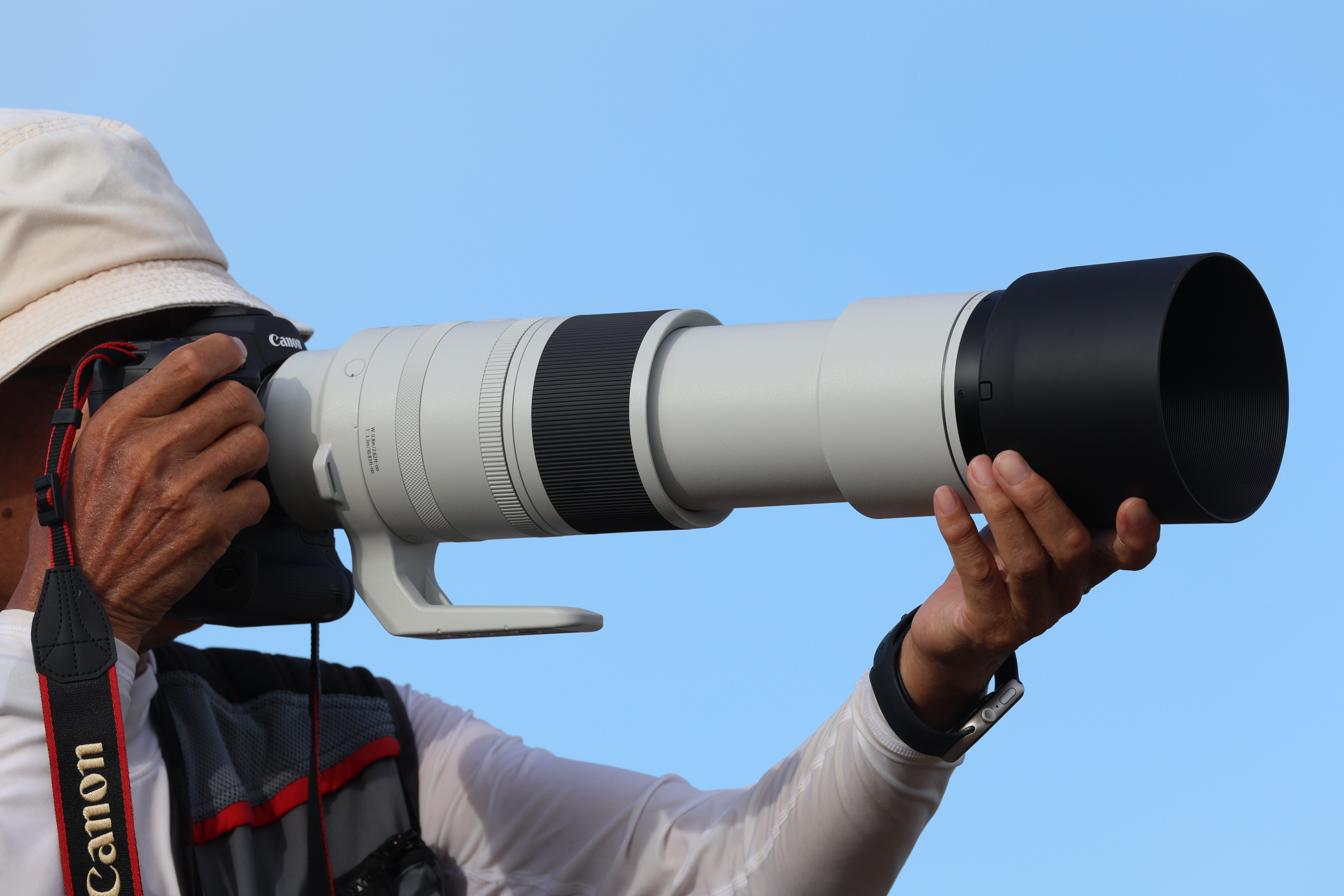
Get Closer to the Action: Capturing Wildlife Shots with the Canon 200-800mm Lens
Launched alongside the impressive Canon RF 24-105mm F/2.8 and Canon RF-S 10-18mm, we saw the launch of the new Canon RF 200-800mm. We’re excited by this news and to celebrate, we wanted to share some tips tricks and additional information to help you understand if the Canon 200-800 is a lens worthy of your camera bag
Designed for wildlife photographers, nature enthusiasts or sports and action photographers, this powerful lens allows you to get close to the action and capture sharp and detailed images, freezing the moment.
With its impressive focal length range, this lens takes you right into the heart of the action, delivering stunningly clear images from a distance. Whether you're photographing majestic birds in flight, elusive big cats in the wild or on the sideline capturing high intensity moments on the sporting field, the Canon 200-800mm lens ensures that you never miss a moment.
Equipped with advanced optical technology, this lens ensures sharpness, clarity, and vibrant colours, allowing you to capture every detail with precision. Its image stabilisation feature minimises camera shake, even at extreme zoom levels, enabling you to take sharp and blur-free photos.
The Canon 200-800mm lens is not just for professionals; it is also user-friendly, making it accessible for amateur photographers who want to take their wildlife photography to the next level. Designed to withstand the elements, this lens is moisture resistant, so you can venture into any environment with confidence.
Get closer to nature and the action and capture stunning shots with the Canon 200-800mm lens. Explore the world like never before and bring your wild encounters to life through photography.
Advantages of using a telephoto lens for wildlife photography
When it comes to wildlife photography, getting up close and personal with your subjects is not always possible or safe. This is where a telephoto lens, like the Canon 200-800mm lens, becomes invaluable. The primary advantage of using a telephoto lens is its ability to bring distant objects closer, allowing you to capture stunning wildlife shots without disturbing the animals or compromising your safety.
With the Canon 200-800mm lens, you can capture incredible details and expressions that might be missed with shorter focal length lenses. The long focal length range of this lens provides you with the flexibility to zoom in on your subjects, filling the frame with their magnificence. From the graceful flight of an eagle to the stealthy movements of a tiger, a telephoto lens like the Canon 200-800mm allows you to capture these moments of raw beauty with precision and clarity.
In addition to getting closer to your subjects, a telephoto lens also allows you to isolate them from distracting backgrounds. This is particularly useful in wildlife photography, where the surroundings can often be busy or cluttered. By using a longer focal length, you can achieve a shallow depth of field, blurring the background and directing the viewer's attention solely on the subject. The Canon 200-800mm lens excels in this aspect, creating stunning wildlife portraits with a beautiful bokeh effect.
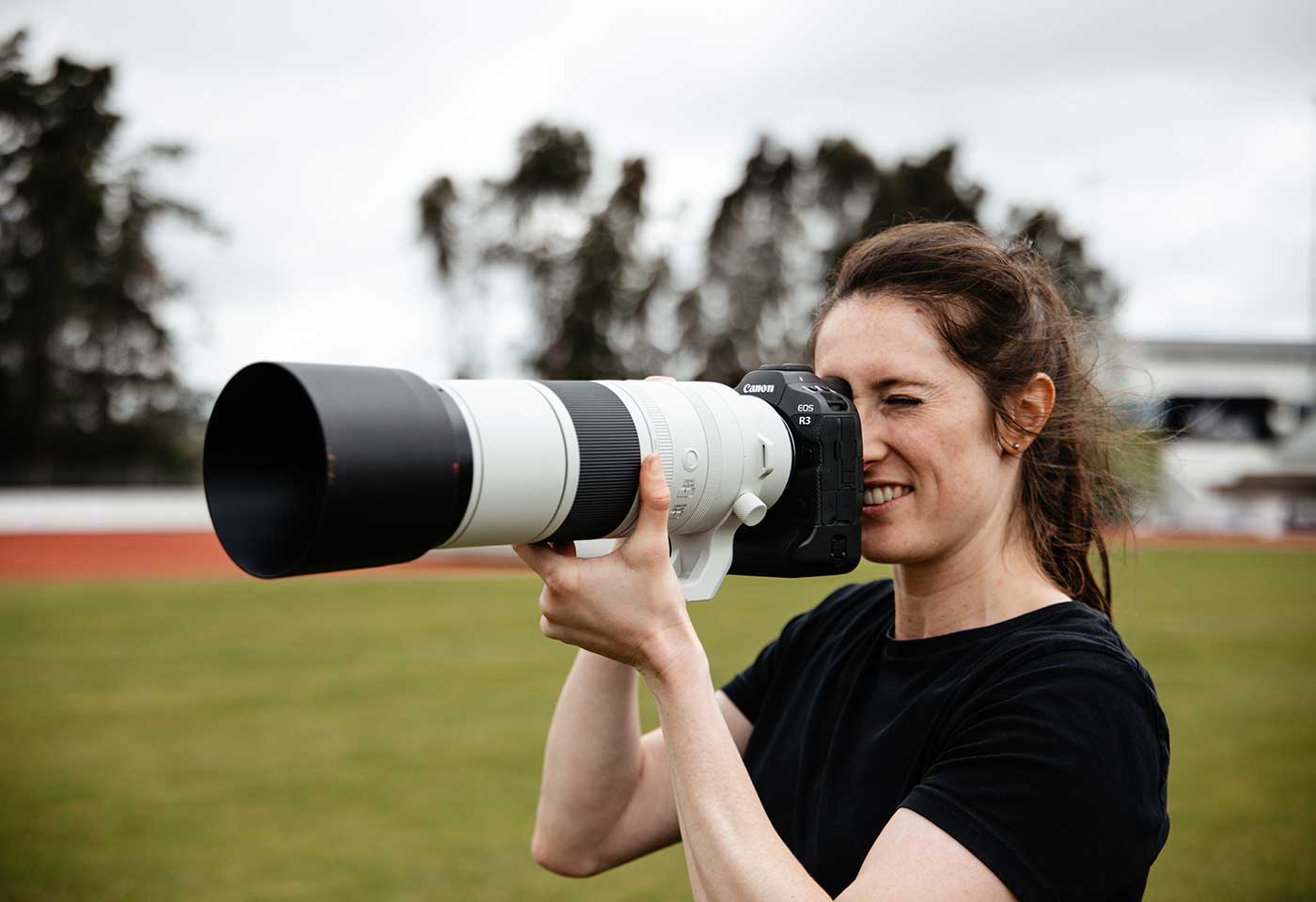

Source: Canon Australia
Benefits of Telephoto Lenses in Sports Photography
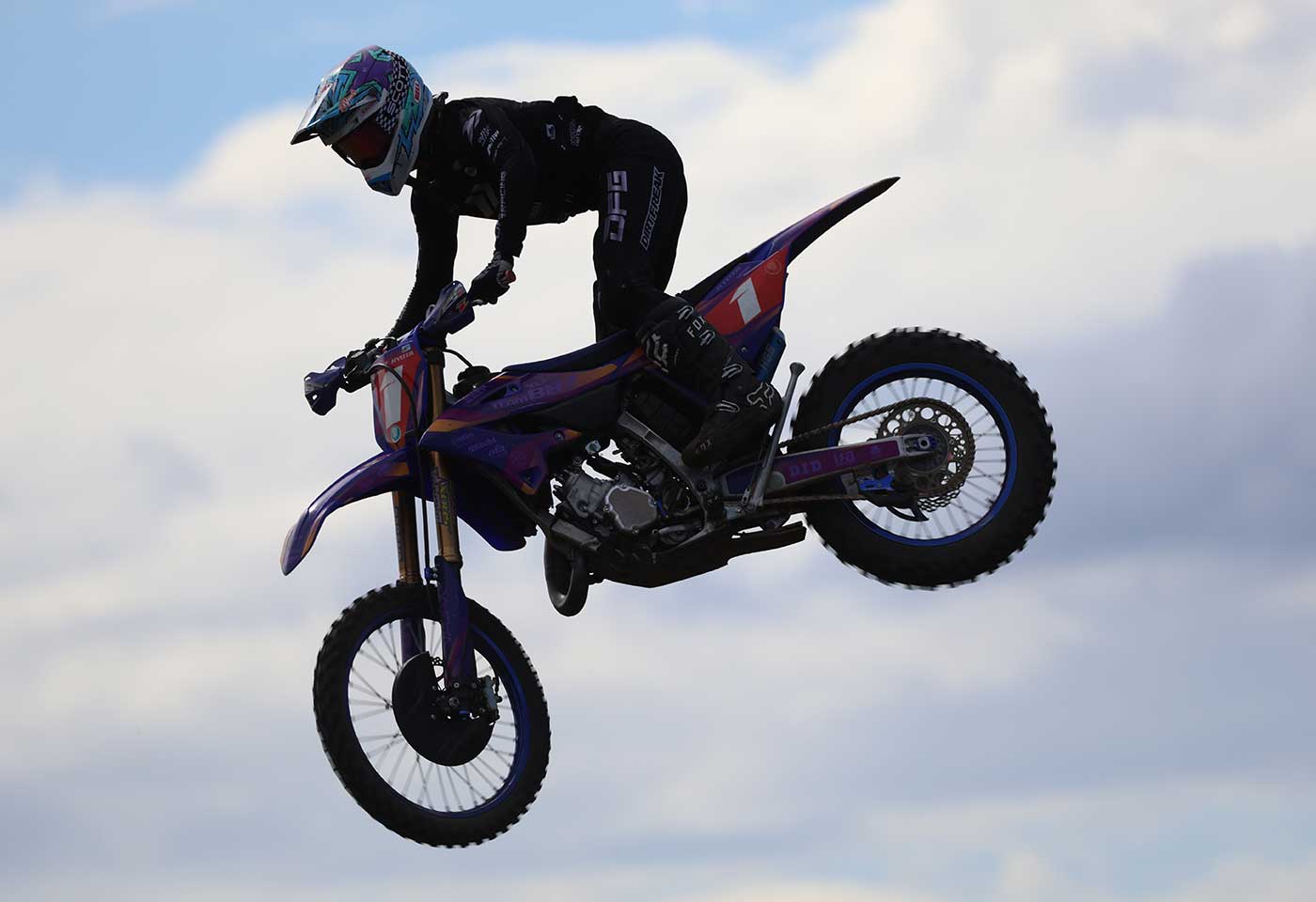

Taken using the Canon 200-800mm, Source Canon Australia
Explore how telephoto lenses, like the Canon 200-800mm lens, can enhance sports photography by capturing dynamic moments and isolating athletes from distracting backgrounds.
When it comes to sports photography, using a telephoto lens, such as the Canon 200-800 lens, can significantly elevate your ability to capture high-energy moments and create captivating images.
In sports photography, proximity to the action is often limited, making it crucial to have the right equipment. Telephoto lenses shine in this regard. The primary benefit of a telephoto lens is its capability to bring distant subjects, such as athletes and sporting events, into clear focus, allowing you to get close to the action, from a safe distance!
With the Canon 200-800mm lens, you can capture intricate details and the raw intensity of athletes in motion. Its extended focal length range offers the flexibility to zoom in on athletes, filling your frame with their passion and skill. From the precision of a golfer's swing to the adrenaline-pumping moments in a soccer match, a telephoto lens like the Canon 200-800mm empowers you to freeze these high-impact moments with exceptional clarity.
In sports photography, it's common to have busy or distracting backgrounds. Telephoto lenses help mitigate this issue. By using a longer focal length, you can achieve a shallow depth of field, expertly blurring the background while keeping athletes in sharp focus. The Canon 200-800mm lens excels in this regard, creating sports images with a stunning bokeh effect, making athletes pop against a beautifully blurred backdrop.
Understanding the focal length range of the Canon 200-800mm ens
The Canon 200-800mm lens offers an impressive focal length range, making it a versatile tool for wildlife photographers. This zoom range allows you to adjust the lens's focal length within the specified range, giving you the flexibility to adapt to different shooting situations.
At the lower end of the focal length range (200mm), you can capture wider shots, ideal for photographing animals in their habitat or capturing the overall scene. As you increase the focal length, you can zoom in closer to your subjects, filling the frame with their details and expressions. At the maximum focal length of 800mm, you can capture extreme close-ups, revealing intricate details that are not visible to the naked eye.
It's important to note that with longer focal lengths, the lens becomes more susceptible to camera shake. To minimise this, the Canon 200-800mm lens is equipped with image stabilisation technology, allowing you to capture sharp images even at extreme zoom levels. This feature is a game-changer for wildlife photographers, as it eliminates the need for bulky tripods and allows for handheld shooting in challenging environments.
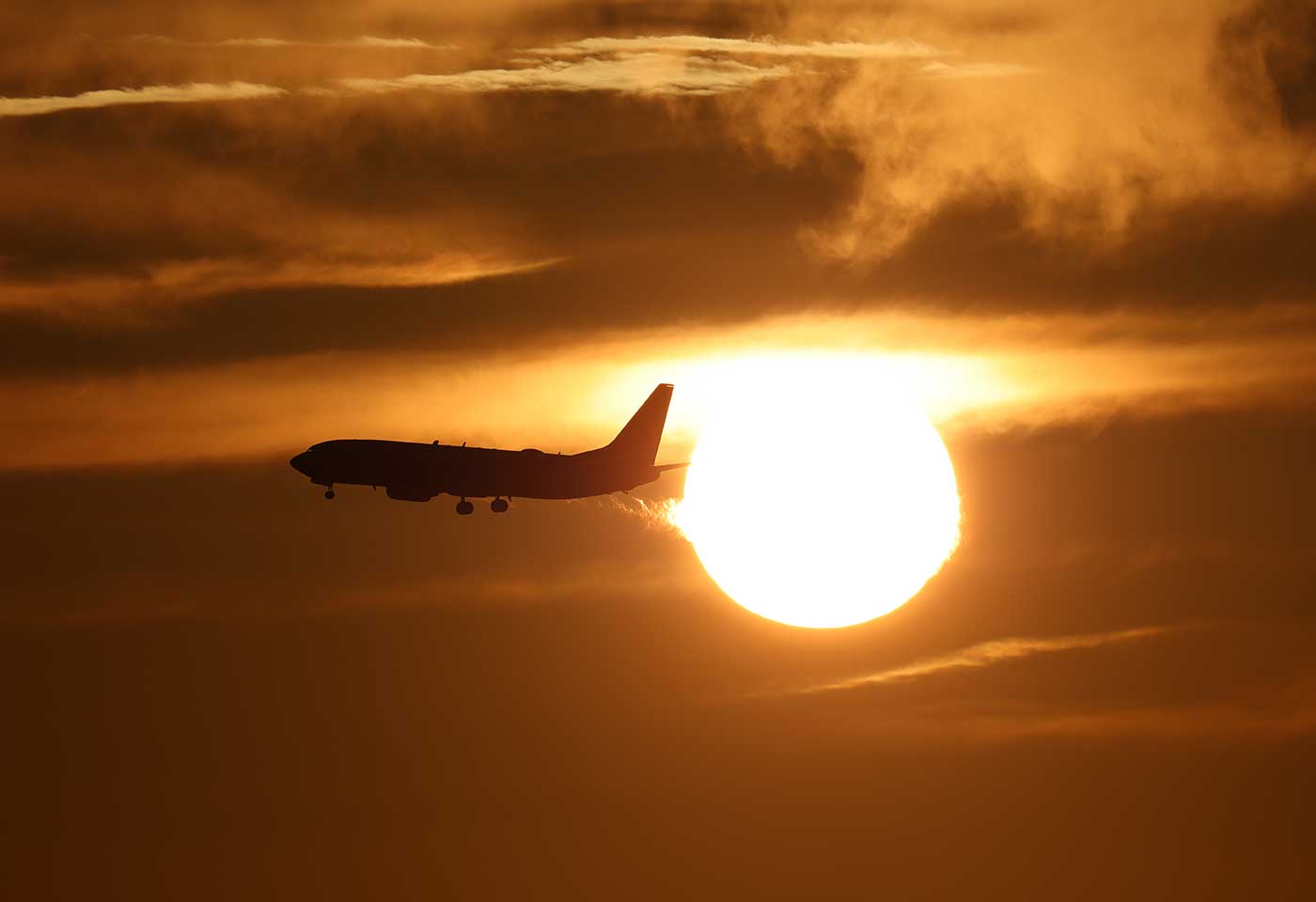

Techniques for tracking and focusing
Tracking and focusing on wildlife subjects can be challenging, especially when they are in motion. The Canon 200-800mm lens is designed to help you overcome these challenges and capture stunning images of wildlife in action. Here are some techniques to improve your tracking and focusing skills:
- Use continuous autofocus: The Canon 200-800mm lens offers various autofocus modes, including continuous autofocus (AI Servo). This mode is specifically designed for tracking moving subjects. When photographing wildlife, set your camera to continuous autofocus mode to ensure that your subject stays in focus as it moves.
- Select the appropriate autofocus point: The Canon 200-800mm lens has multiple autofocus points that you can choose from. For wildlife photography, it's recommended to use the single-point autofocus mode and place the autofocus point on the subject's eye or the most critical part of the animal. This will ensure that your subject is in sharp focus.
- Anticipate the subject's movement: Wildlife subjects can be unpredictable, but by observing their behaviour and anticipating their movements, you can increase your chances of capturing the perfect shot. Pay attention to their patterns, such as the way they walk or fly, and position yourself accordingly to get the best angle.
- Panning technique: Panning is a technique that involves following your subject's movement with your camera while keeping it in focus. This technique can create a sense of motion and add dynamism to your wildlife shots. To master panning, practise your camera movement and adjust your shutter speed to achieve the desired effect.
Pre-focus on a specific spot: If you know where your subject is likely to appear, you can pre-focus on that spot and wait for the animal to enter the frame. This technique can be useful when photographing birds in flight or animals crossing a particular path.
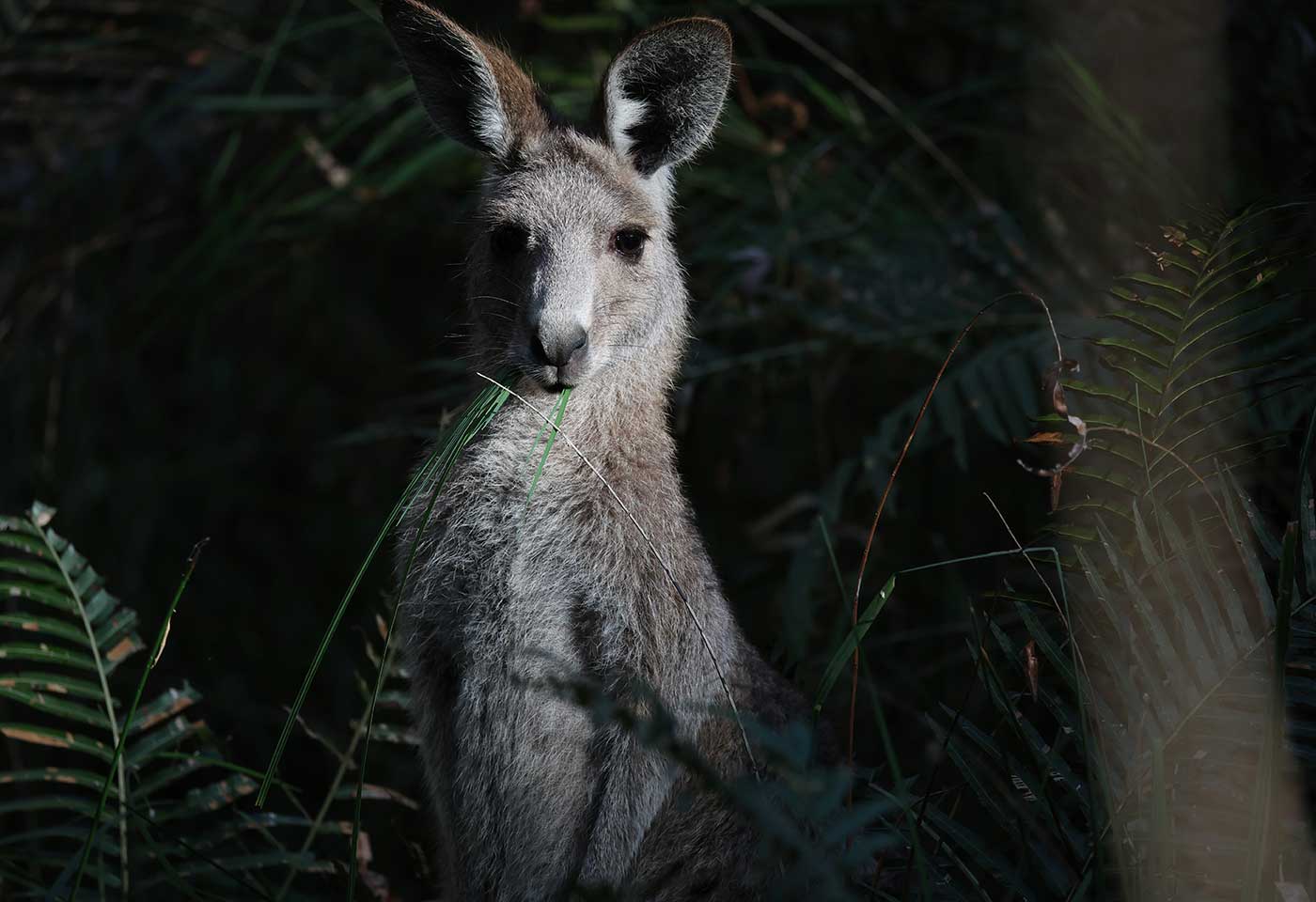

Source: Canon Australia
Tips for capturing sharp and detailed wildlife shots with the Canon 200-800mm lens
Capturing sharp and detailed wildlife shots requires a combination of technical skills and artistic vision. Here are some tips to help you make the most of your telephoto Canon 200-800mm lens and capture breathtaking wildlife photographs:
- Use a fast shutter speed: Wildlife subjects are often in motion, so it's crucial to use a fast shutter speed to freeze the action. With the Canon 200-800mm lens, you have the advantage of capturing fast-moving subjects without sacrificing image quality. Start with a shutter speed of at least 1/1000th of a second and adjust accordingly based on the speed of your subject.
- Master the art of focusing: Achieving sharp focus is essential in wildlife photography. The Canon 200-800mm lens offers various autofocus modes, allowing you to track your subjects effectively. Experiment with different focusing modes, such as AI Servo or Zone AF, to find the one that works best for your shooting style.
- Pay attention to composition: Composition plays a vital role in wildlife photography. Look for interesting angles, leading lines, and natural frames that can enhance the visual impact of your images. With the Canon 200-800mm lens, you can easily isolate your subjects and create a pleasing background separation, adding depth and dimension to your photographs.
- Shoot in RAW: Shooting in RAW format gives you greater control over the final image during post-processing. The Canon 200-800mm lens captures a tremendous amount of detail, and shooting in RAW allows you to retain that information and make precise adjustments to exposure, white balance, and colours later on.
- Experiment with different focal lengths: The versatility of the Canon 200-800mm lens allows you to experiment with different focal lengths to create unique compositions. Try zooming in for close-up portraits or zooming out for wider environmental shots.
This lens gives you the flexibility to capture various perspectives and tell compelling stories through your photographs. By following these tips and practising regularly, you'll be able to make the most of the Canon 200-800mm lens and capture sharp, detailed, and breathtaking wildlife shots that will leave a lasting impression.
Conclusion: Embracing the versatility of the Canon 200-800mm lens in wildlife photography
Step into the wild and bring the action closer with the Canon 200-800mm lens. Designed for wildlife photographers and nature enthusiasts, this powerful lens allows you to capture breathtaking shots of elusive creatures and their natural habitat.
With its impressive focal length range, this lens takes you right into the heart of the action, delivering stunningly clear images from a distance. Whether you're photographing majestic birds in flight or elusive big cats in the wild, the Canon 200-800mm lens ensures that you never miss a moment.
Equipped with advanced optical technology, this lens ensures sharpness, clarity, and vibrant colours, allowing you to capture every detail with precision. Its image stabilisation feature minimises camera shake, even at extreme zoom levels, enabling you to take sharp and blur-free photos.
The Canon 200-800mm lens is not just for professionals; it is also user-friendly, making it accessible for amateur photographers who want to take their wildlife photography to the next level. Designed to withstand the elements, this lens is weather-sealed, so you can venture into any environment with confidence.
Get closer to nature and capture stunning wildlife shots with the Canon 200-800mm lens. Explore the world like never before and bring your wild encounters to life through photography.



